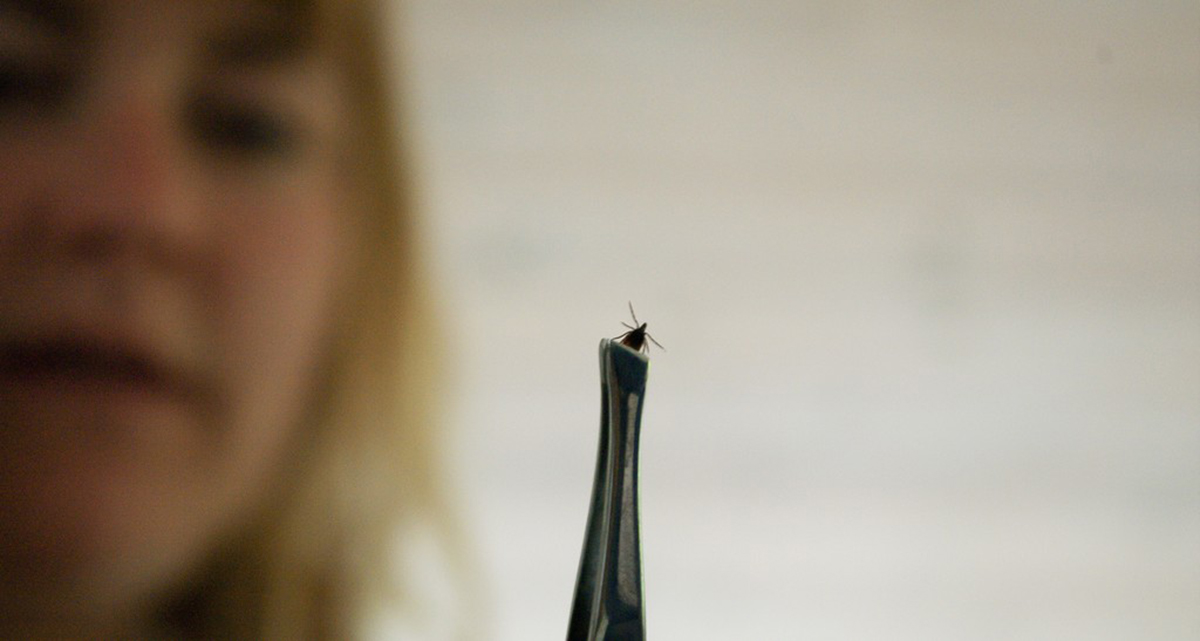Table of Contents
Ticks are small, parasitic creatures that feed off the blood of animals, and people, and spread disease. In addition to well known infections such as Rocky Mountain spotted fever and Lyme disease, ticks also carry bacteria that worsen autoimmune disease.
The good news about these newly discovered Neoehrlichia infections is that they have not yet occurred in North or South America, Australia, New Zealand, or Africa. The number of people who have been infected with the microbe is small, and many have survived the infection. If doctors know to look for the infection, they can use doxycycline to treat it.

The bad news about this new infection is that if your doctor doesn't know to look for it, you will likely never get the treatment you need.
There are things you can do to protect yourself against this and other dangerous tick-borne infections.
- If you are getting treatment for lupus, psoriasis, rheumatoid arthritis, Sjogren's syndrome, or any other autoimmune disease with immunotherapy drugs such as Humira (adalimumab) or Remicade (infliximab) or Simponi (golimumab), maybe it's not a great idea to go hiking in the woods recreationally, especially if trails take you through tall, dry, late summer grass. There are too many diseases transmitted by ticks that can have painful, disabling, and even deadly effects that can be acquired in the woods. This precaution is especially appropriate if you are past the age of 40.
- It is probably also a good idea to avoid potential exposure to ticks if you have B-cell lymphoma or kidney cancer.
- Not just you but your pets need to be kept tick-free. Regular flea and tick prevention can keep your dog or cat healthier, and keep you healthier as well.
- If you do decide to tromp through the woods or grasslands where ticks are common, wear light-colored clothes (ticks are attracted to dark colors), keep pants tucked into socks, apply insect/tick repellent, and check for ticks regularly.
- If you find a tick on your body, don't mash it. This injects its germs into your bloodstream. Instead, remove it with tweezers. Grasp the tick firmly with tweezers and pull back slowly and steadily. The idea is to remove the tick without damaging it or forcing its body fluids into your bloodstream.
- Burning ticks, smothering them with Vaseline or other petroleum jelly products, and rubbing them off are not recommended. All of these methods can force parts of the tick into your body.
- Don't panic if you don't find a tick until you get back from your hike. Usually diseases are not transmitted until the tick has been on the skin for 3 to 48 hours. But don't delay, either.
- After removing the tick, inspect the skin to make sure the tick's head did not become imbedded in the skin. Disinfect the skin with Isopropyl alcohol or iodine.
See Also: Ten Tips for Avoiding and Removing Ticks
- Keep the tick in a closed jar in the refrigerator for up to a month just in case symptoms develop. Having the tick that bit you available for inspection by the doctor and the lab can be helpful in diagnosing any disease the tick transmits.
- If you are in an especially high-risk group, such as people who are on immunotherapy for autoimmune disease or chemotherapy for cancer, it is a good idea to see your doctor as soon as possible after you get a tick bite. Don't try to treat infections on your own.
- Boogs W. Tick-Borne Bacterium Mimics Worsening of B Cell Malignancies, Autoimmune Diseases. Reuters Health. http://www.medscape.com/viewarticle/823861. Accessed 9 June 2014.
- Mindmap by steadyhealth.com
- Photo courtesy of mikael altemark by Flickr : www.flickr.com/photos/altemark/7449283872


Your thoughts on this